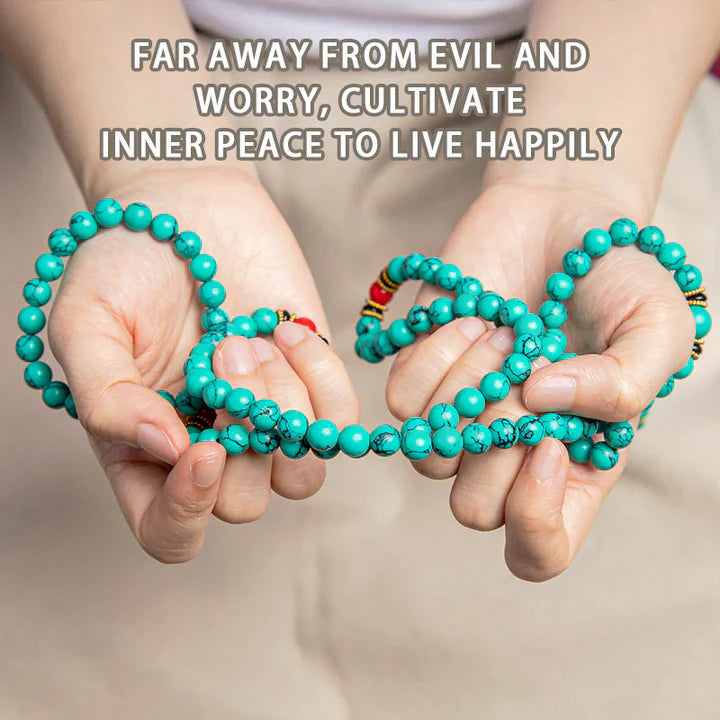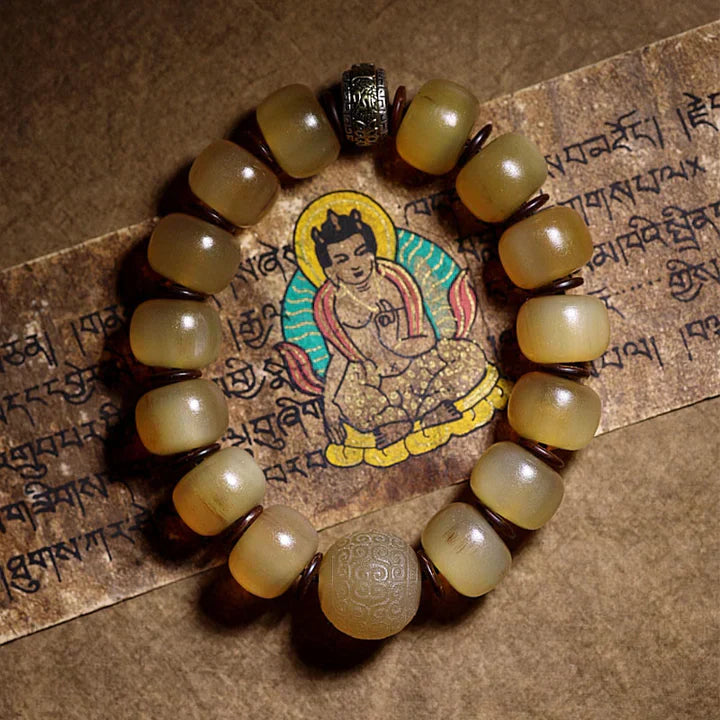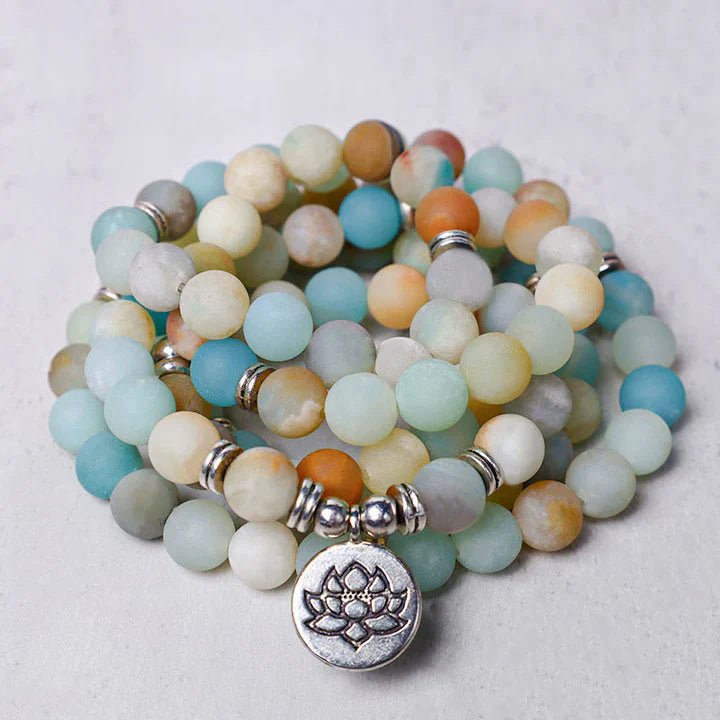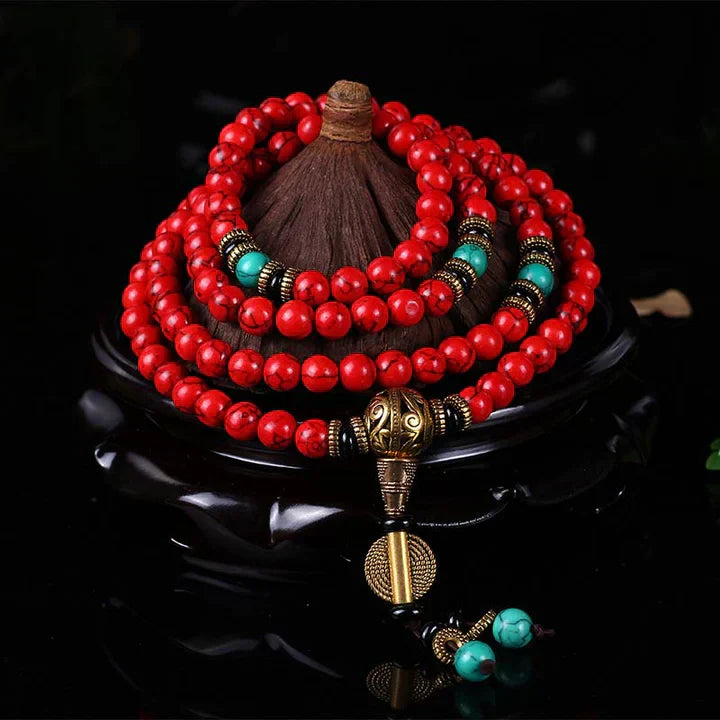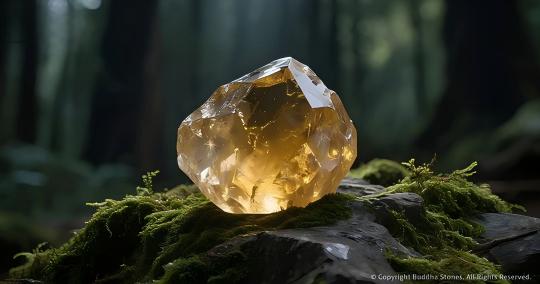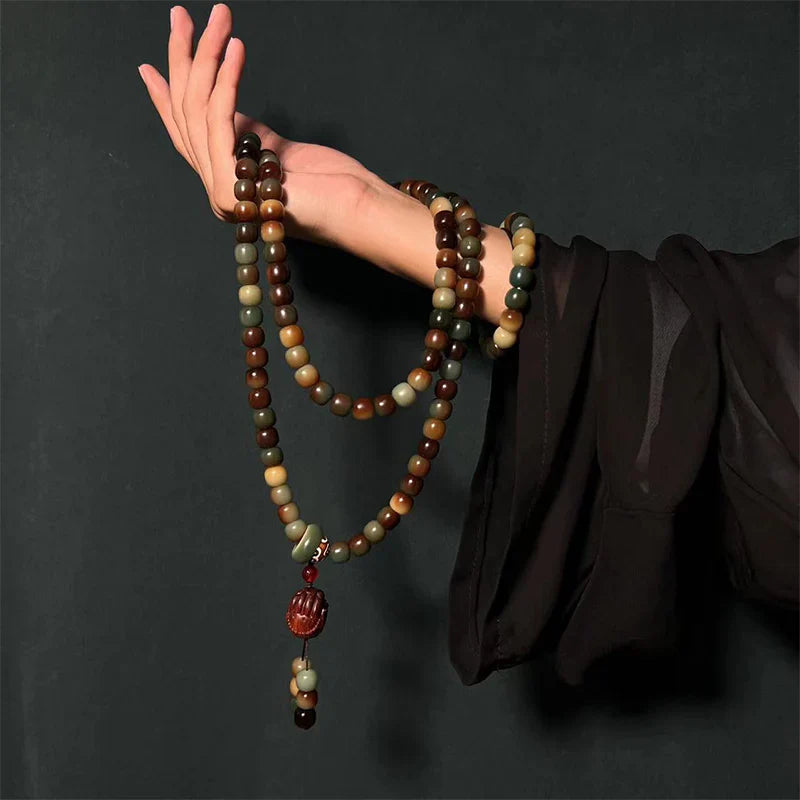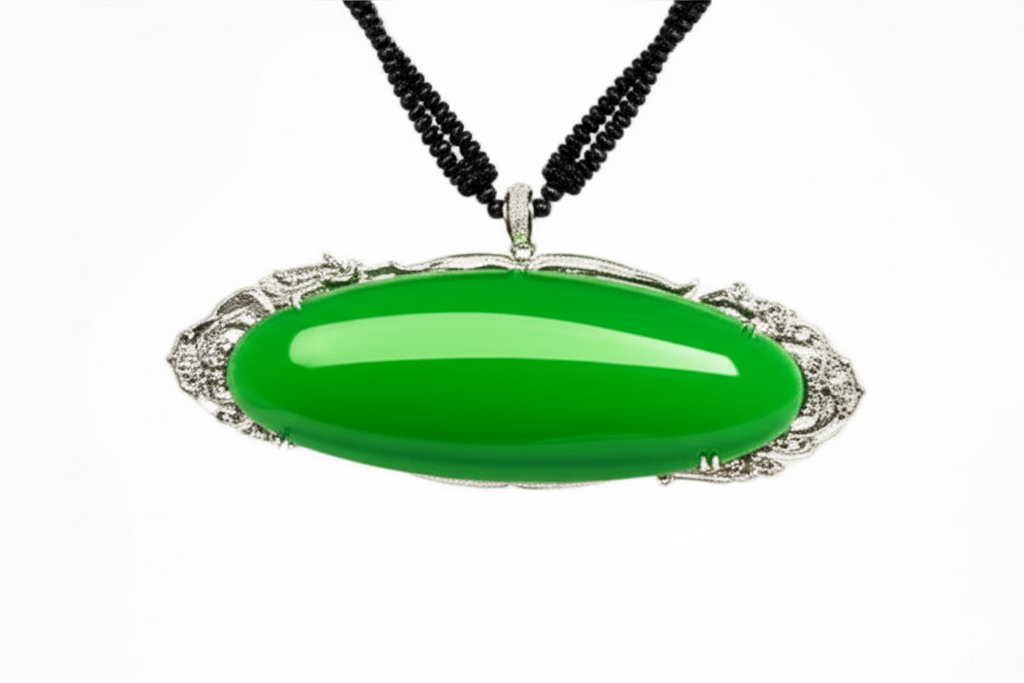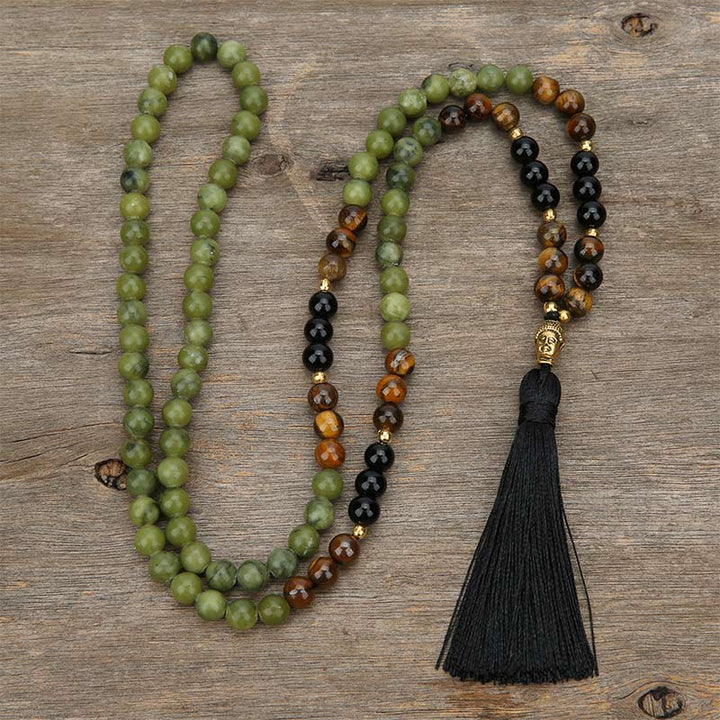
Wearing a rosary bracelet is said to bring good luck!
In the morning light, an elderly person twists a red sandalwood rosary in prayer. A green phantom on the wrist of a professional sways gently with the tapping of a keyboard. A traveler fastens a giant clam bracelet to the zipper of a backpack. This wrist-wrap of beads has long transcended geography and social status, becoming a tangible symbol of good luck. From religious instruments to popular accessories, the "good luck" code of rosary bracelets lies in the fusion of millennia of cultural heritage and contemporary life.
1. The Cross-Cultural Origin of Good Luck: A Spiritual Connection Beyond Buddhism
The "good luck" gene of rosary beads isn't exclusive to a single religion. In Buddhism, the "Bodhisattva's Sutra" records that the Buddha taught his disciples a string of rosary beads, instructing them to "always hold them in your hands and chant the name of the Buddha with sincerity." Each bead bears witness to the elimination of afflictions and the attainment of wisdom. The "Three Treasures" symbolized by the main bead, the secondary beads, and the string anchor the wearer's mindfulness as they manipulate the beads. This inner peace is the earliest form of "good luck." In Christian tradition, the rosary consists of 59 beads, corresponding to the Marian prayer, through which believers pray with focused attention, seeking peace and grace. The Islamic Tasbih, on the other hand, often consists of 33 or 99 beads, representing the praise of the 99 names of Allah, and believers find spiritual comfort in silent recitation. Different faiths embody "good luck" through beads, but in essence, they all use ritual to help people maintain their original aspirations for good amidst the hustle and bustle.
2. The Secret Words of Good Luck in Materials: The Energy Resonance of Nature's Gift
The choice of rosary material is never simply a matter of aesthetic preference, but rather a precise reflection of people's desire for "good luck." Giant clams, one of the seven treasures of Buddhism, are harvested from deep-sea shellfish and are as white as moonlight. They are believed to purify negative emotions and protect the fetus when worn by pregnant women. This belief in "pure good luck" stems from the ancient people's reverence for the power of the ocean. Meanwhile, due to its rarity (nine out of ten pieces of sandalwood are hollow), red sandalwood was considered a "holy object" by the Ming and Qing imperial families as a "ward off evil spirits." Artisans would leave the natural pores when polishing it, believing that "they are the channels for the flow of fortune." Even today, some businessmen still consider them "wealth-attracting bracelets," believing that the wood's warmth can bring about smooth social connections.
Crystal beads offer more targeted luck. The pyramid-shaped inclusions within green phantom are interpreted as a symbol of accumulated wealth, making them a top choice for professionals seeking to enhance their careers. Obsidian's rainbow eyes shimmer in light, earning it a local nickname: "evil-absorbing stone," often worn by night shift workers to ward off negative energy. Rose quartz, with its soft pink hue, is believed to attract romance, and young people often add a strawberry quartz to their stringing to wish for a successful marriage. Even the more common Star Moon Bodhi is said to be best in the first month of the year (with the moon bud in the center), with practitioners believing the naturally regular patterns bring good luck and fulfillment.

Third, the Secret of Numbers: Stringing Blessings into a Tangible Ritual
The number of beads in a rosary is never random; each set of numbers is a code for good luck. The most classic 108-bead bracelet not only corresponds to the Buddhist "Hundred Eight Worries" but also implicitly echoes the Taoist "Heavenly Gangs and Earthly Evils." Ancient Chinese believed that wearing a bracelet could "ward off disasters and misfortunes," while modern young people use it as a "mood counter." When anxious, they rotate a bead and take a deep breath. After 108 cycles, a calming mood signifies the arrival of "good luck." The 18-bead "Eighteen Bead" bracelet was particularly popular during the Qing Dynasty. Imperial concubines often crafted bracelets of eighteen beads from beeswax and jadeite. These bracelets, reflecting the Buddhist symbolism of the "Eighteen Realms," also imply a wish for "eighteen kinds of success," have become a sought-after auspicious item among collectors.
The rare 21 beads of a rosary correspond to the "Twenty-One Hearts" of Guanyin Bodhisattva, representing 21 spiritual realms, such as compassion and equanimity. Wearers are often those seeking spiritual growth, believing that each bead can help them cultivate a more open-minded attitude. The 36 beads, one-third of the 108 beads, are known as "small perfections," suitable for daily wear, symbolizing "life may have its imperfections, but each step can be fulfilled." These numbers transform abstract blessings into concrete beads, making "good luck" no longer an empty expectation but a tangible, palpable companion.
Four. Modern Good Luck Ritual: From a Buddhist Instrument to a Lifestyle Totem
Today, rosary bracelets have transcended religious boundaries and become a "light ritual" lifestyle. Some people meditate by counting beads on their commute, considering arriving safely their first good fortune of the day. Students polish their mahogany prayer beads before exams, believing the wood's grain can help them think clearly. Couples gift each other prayer beads made of the same material, expressing their long-lasting wish of "joining a string of beads, sharing a heart." Even the process of caring for the prayer beads is imbued with the meaning of "good luck": while wiping red sandalwood with a soft cloth, one silently recites, "Brush away dust, usher in good fortune." While oiling a star-moon bodhi tree, one gently twists each bead, saying, "Nourish the beads, nourish your wishes."
In reality, the "good luck" of a prayer bracelet isn't the magic of the beads themselves, but rather the spiritual anchor people create in their fast-paced lives. The moment a finger touches a bead, it reminds one to slow down and stay true to one's original intention. The moment the beads rotate across the wrist, it's an active hope for a better life. This sincerity of "using objects to convey one's heart" is the true good luck code of the wrist beads - it allows each wearer to believe that as long as they have good intentions and move forward with confidence, "good luck" will eventually be like beads on a string, interlinked and always by their side.
